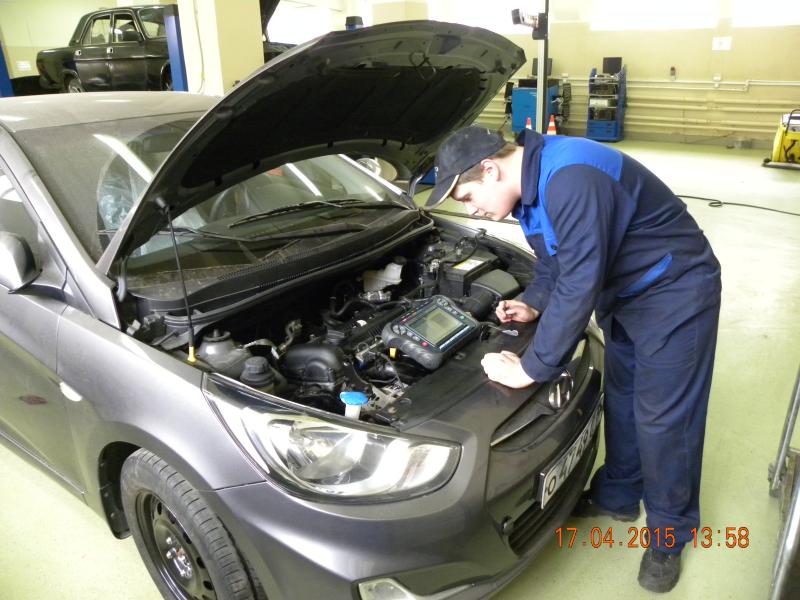
What to look for when test driving a used car
When you buy a used car, you should pay close attention to the car to see if it's a good deal or not. Ideally, the seller will let you take it to a mechanic to inspect the car if you are buying from a private individual…
When you buy a used car, you should pay close attention to the car to see if it's a good deal or not. Ideally, the seller will let you take it to a mechanic to inspect the car if you are buying from a private individual or a used car lot. If you're buying from a dealer, you'll often get a CarFax report, but you can still go to a trusted mechanic for a professional opinion. You want to inspect the car and see if it's the one you want and if it's worth it.
Before the test drive
Carefully inspect the car before you get behind the wheel. Check out the following to get a first impression of vehicle health and care:
Check the tire tread - are the tires the right brand and size and is the tread even?
Is there at least a quarter inch of tread left?
Look under the car to see if any fluids have leaked out.
Open all doors and windows to make sure they work properly
Make sure all locks work both inside and out
Check all light bulbs to make sure none are burned out or cracked.
Raise the hood and listen to the engine. Is the sound rough, rattling, or other noise indicating a problem?
You will want to walk around the car and look at the painting. Note that if an area appears darker or lighter, this may indicate a recent paint job to mask rust or recent body work. Look for scratches or dents that could cause rust or corrosion. Examine the interior of a used car. Check for tears or worn areas on the upholstery. Make sure the sensors and all components are working properly. Raise the car mats and adjust the seats. Pay attention to hidden areas that may be hiding issues that you will have to deal with later.
During a test drive
When you take your car for a test drive, try it on the highway where you can accelerate and go at 60 mph or more. Drive through the city and through the curves, over the hills and turn right and left. Turn off the radio and roll up the windows so you can listen to the sounds of the car. At some point along the way, roll down the windows to listen for outside vehicle noise, especially around the tires. Pay attention to any vibrations and feel from the steering wheel and pedals. Notice how quickly and smoothly the car comes to a stop when you apply the brakes.
Here are a few more things to keep in mind while driving:
Notice how the car shifts between gears and accelerates
Does the car pull to the side when braking?
Is the steering wheel hard to turn or shaking?
Do you hear a squealing or grinding sound when you press the brake pedal?
The car should run smoothly, even if it is a little louder than a new car. It should be smooth and stable whether you're walking in a straight line or turning.
Take your time to take the test, but schedule at least an hour or more to inspect the car and spend some time behind the wheel. You want to know that the vehicle will perform adequately in a variety of ways.
For added peace of mind, ask one of our mechanics for a pre-purchase inspection before you commit to a purchase. Even if problems aren't a deal breaker, they can affect how much you're willing to pay for a used car, as the mechanic will determine the cost and amount of repairs needed, giving you more room to negotiate.
